Key Takeaways
The complete story of the 1980 Miracle on Ice when Team USA's amateur hockey team defeated the Soviet Union and won Olympic gold. Discover how Herb Brooks built the team, the dramatic games, player profiles, and lasting impact on American hockey.
Historical Context: American Hockey Before 1980
Understanding the Miracle on Ice’s magnitude requires grasping where American hockey stood in early 1980 and the seemingly impossible challenge facing Herb Brooks’ team.
The Soviet Hockey Dynasty
The Soviet Union dominated international hockey for decades leading into the 1980 Olympics. Their national team functioned as professionals in all but name—players trained year-round, employed by the Soviet military or government agencies, and competed together for years developing chemistry and cohesion impossible for teams assembled from scattered leagues.
Soviet Hockey Dominance:
- Won four consecutive Olympic gold medals (1964, 1968, 1972, 1976)
- Dominated World Championships throughout the 1960s and 1970s
- Developed revolutionary training methods and tactical systems
- Maintained roster continuity over many years
- Combined European finesse with physical North American elements
- Featured legendary players including Vladislav Tretiak, Boris Mikhailov, and others
Just days before the Olympics, the Soviet team crushed an NHL All-Star team 6-0 at Madison Square Garden, demonstrating their superiority over North America’s best professionals. This exhibition reinforced perceptions that the Soviets were unbeatable and that the American amateur team faced impossible odds.
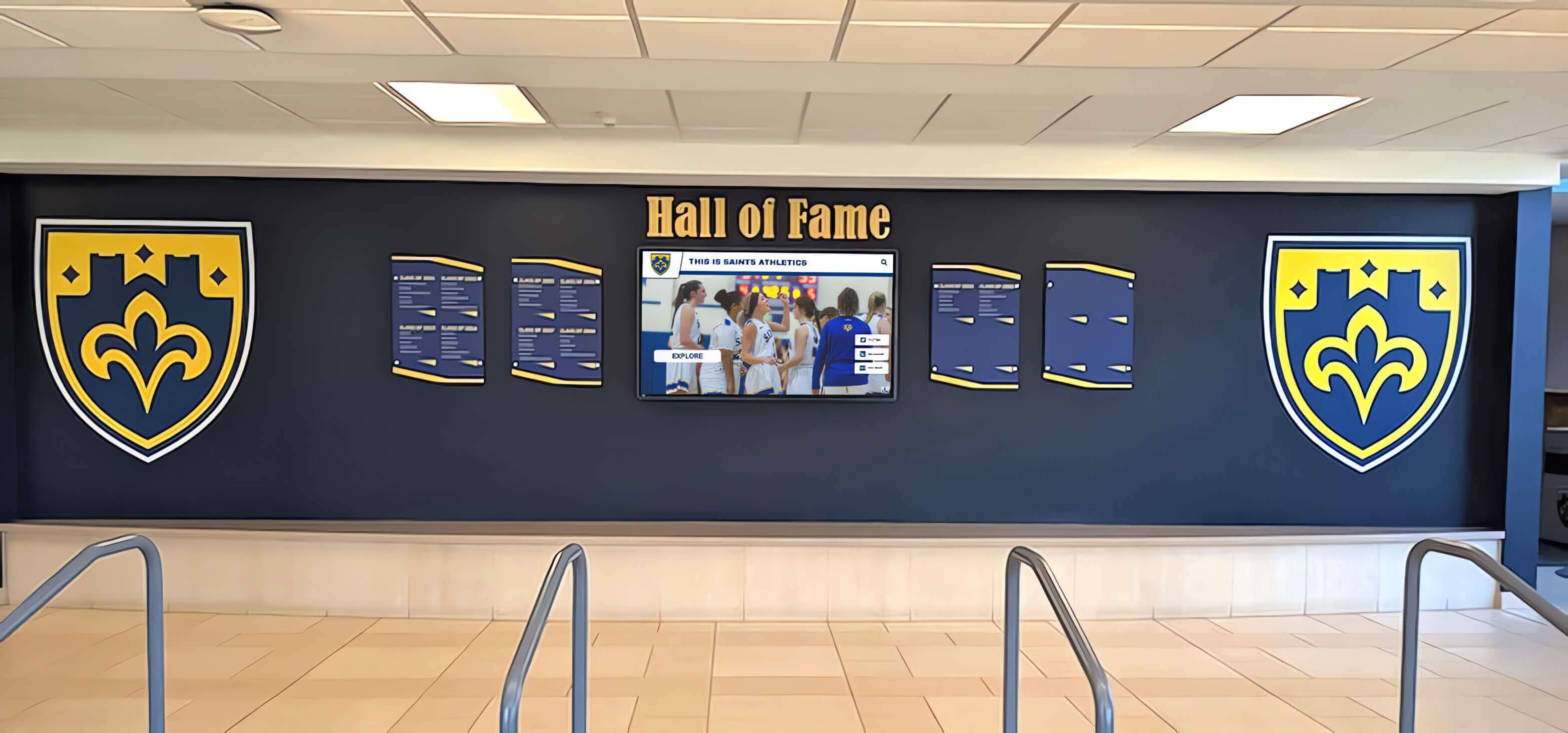
American Hockey’s Amateur Status
Unlike the Soviet professionals, American Olympic hockey teams featured true amateurs—college players and minor leaguers competing against full-time national programs. The United States had experienced limited Olympic hockey success, with gold medals in 1960 and 1980 representing America’s only championships against growing international competition.
American professional hockey—the NHL—prohibited players from Olympic competition during this era, limiting U.S. Olympic teams to collegiate and amateur ranks. This created massive talent disparities when American amateurs faced Soviet, Czech, and Swedish national teams featuring their countries’ absolute best players competing year-round.

The 1980 Olympic Landscape
The Lake Placid Winter Olympics unfolded during intense Cold War tensions. The Soviet invasion of Afghanistan in December 1979 led President Jimmy Carter to announce a U.S. boycott of the Summer Olympics in Moscow later that year. Relations between superpowers were severely strained, creating geopolitical subtext to Olympic competition.
For most Americans, defeating the Soviet Union in any arena—athletic or otherwise—carried symbolic weight extending far beyond sports. Hockey provided an unexpected opportunity for this symbolic victory, though virtually nobody expected the amateur American team to seriously challenge Soviet dominance.
Building Team USA: Herb Brooks’ Vision
The man tasked with assembling and coaching the 1980 U.S. Olympic hockey team brought unconventional vision and demanding methods that would prove essential to achieving the impossible.
Herb Brooks: The Perfect Coach for the Moment
Herb Brooks had experienced the anguish of Olympic disappointment firsthand—he was the last player cut from the 1960 U.S. Olympic team that won gold at Squaw Valley. This painful experience shaped his coaching philosophy and motivated his relentless pursuit of excellence.
Brooks’ Coaching Background:
🏒 University Success
Brooks coached the University of Minnesota to three NCAA championships (1974, 1976, 1979), demonstrating his ability to develop championship teams from collegiate players.
🌍 International Experience
Brooks studied Soviet and European hockey extensively, recognizing tactical and training innovations that North American hockey had yet to fully embrace.
💡 Revolutionary Philosophy
Brooks envisioned blending North American physicality with European puck control and skating skills—a hybrid approach designed to compete with Soviet sophistication.
🎯 Demanding Methods
Brooks employed psychological tactics creating unified teams through shared adversity, making himself the common enemy players united against.
Programs recognizing coaching excellence often implement comprehensive recognition approaches that celebrate the mentors who transform individual talents into championship teams.
Player Selection: Choosing the Right Mix
Brooks conducted extensive tryout camps evaluating hundreds of players before selecting his 20-man Olympic roster. His selection process prioritized specific qualities beyond just individual skill.
Brooks’ Selection Criteria:
- Skating ability: Olympic-sized rinks rewarded superior skating more than smaller North American rinks
- Hockey intelligence: Brooks needed players who could execute complex systems
- Physical conditioning: The demanding schedule required extraordinary fitness levels
- Psychological toughness: Players needed resilience to handle Brooks’ demanding coaching
- Team chemistry: Brooks deliberately selected players who would gel despite coming from rival programs
- Versatility: Multi-dimensional players who could contribute in various situations
The final roster featured players primarily from Minnesota, Massachusetts, and Michigan—hockey hotbeds producing elite collegiate talent. Many players knew each other from rival college teams or shared youth hockey backgrounds, providing foundations Brooks could build upon.
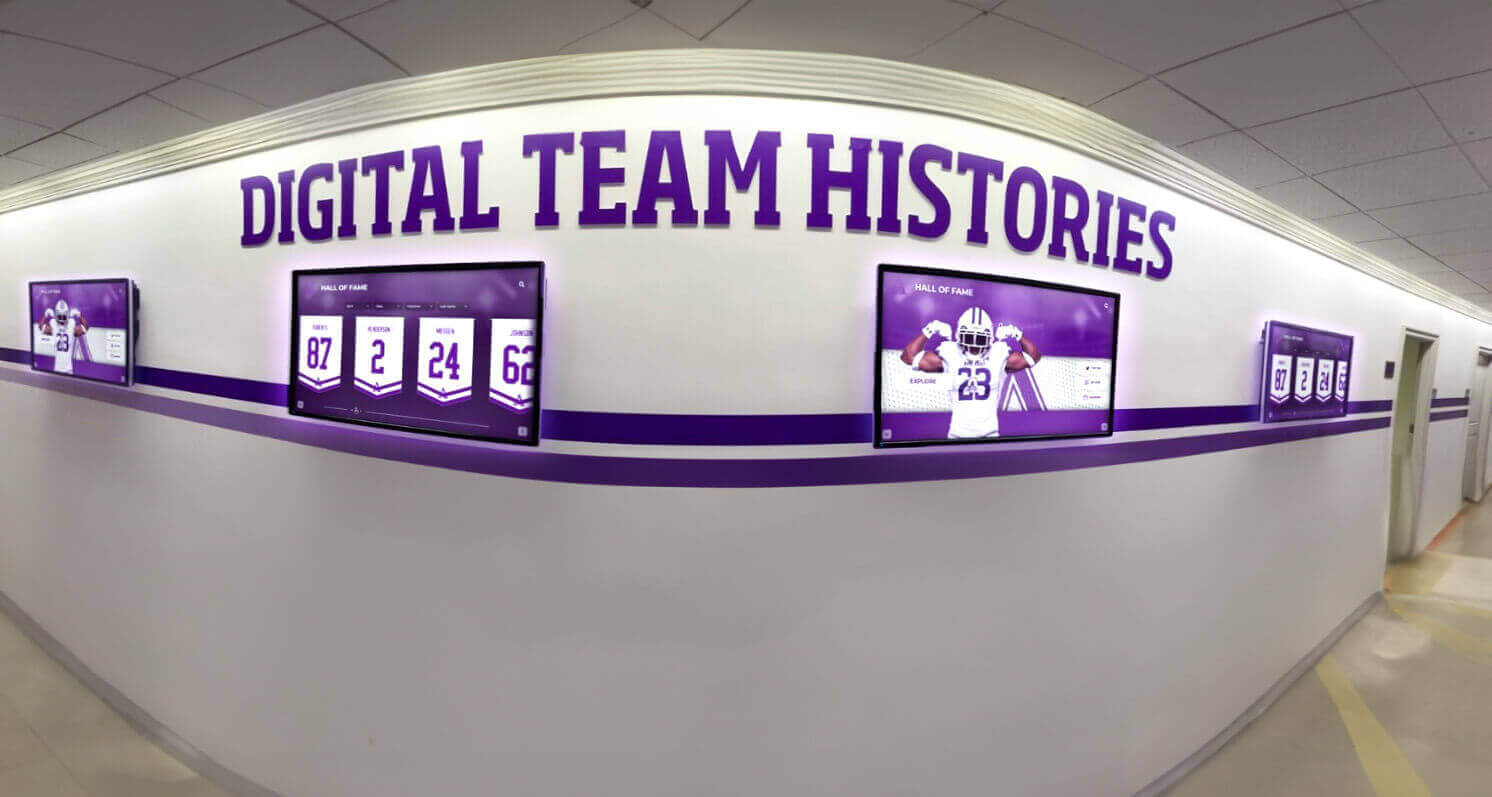
Training Camp: Forging Unity Through Adversity
Brooks’ training camp proved legendary for its intensity and psychological complexity. He deliberately pushed players beyond normal limits through exhausting conditioning, demanding tactical instruction, and psychological pressure designed to unite the team.
The Infamous “Again” Skating Drill: Perhaps the most famous training session occurred after an exhibition game against Norway that Brooks felt showed inadequate effort. Following the game, Brooks kept the team on ice, conducting repeated wind sprint drills until players were collapsing from exhaustion. The message was clear—mediocre effort would never be acceptable.
These demanding methods created resentment toward Brooks personally, but that was intentional. Brooks famously stated he wasn’t there to be their friend—he was there to push them to become something greater than they believed possible. By making himself the enemy, Brooks unified players who might otherwise have maintained college rivalries.
The Hybrid System: Brooks implemented a revolutionary playing style blending European puck possession and skating with North American physicality. This system required extensive practice to master, as it differed significantly from typical North American approaches emphasizing direct play and physical confrontation.
The hybrid style featured continuous motion, creative passing, quick transitions, strategic forechecking patterns, and flexible defensive coverage—all designed to compete with Soviet sophistication while maintaining North American intensity.
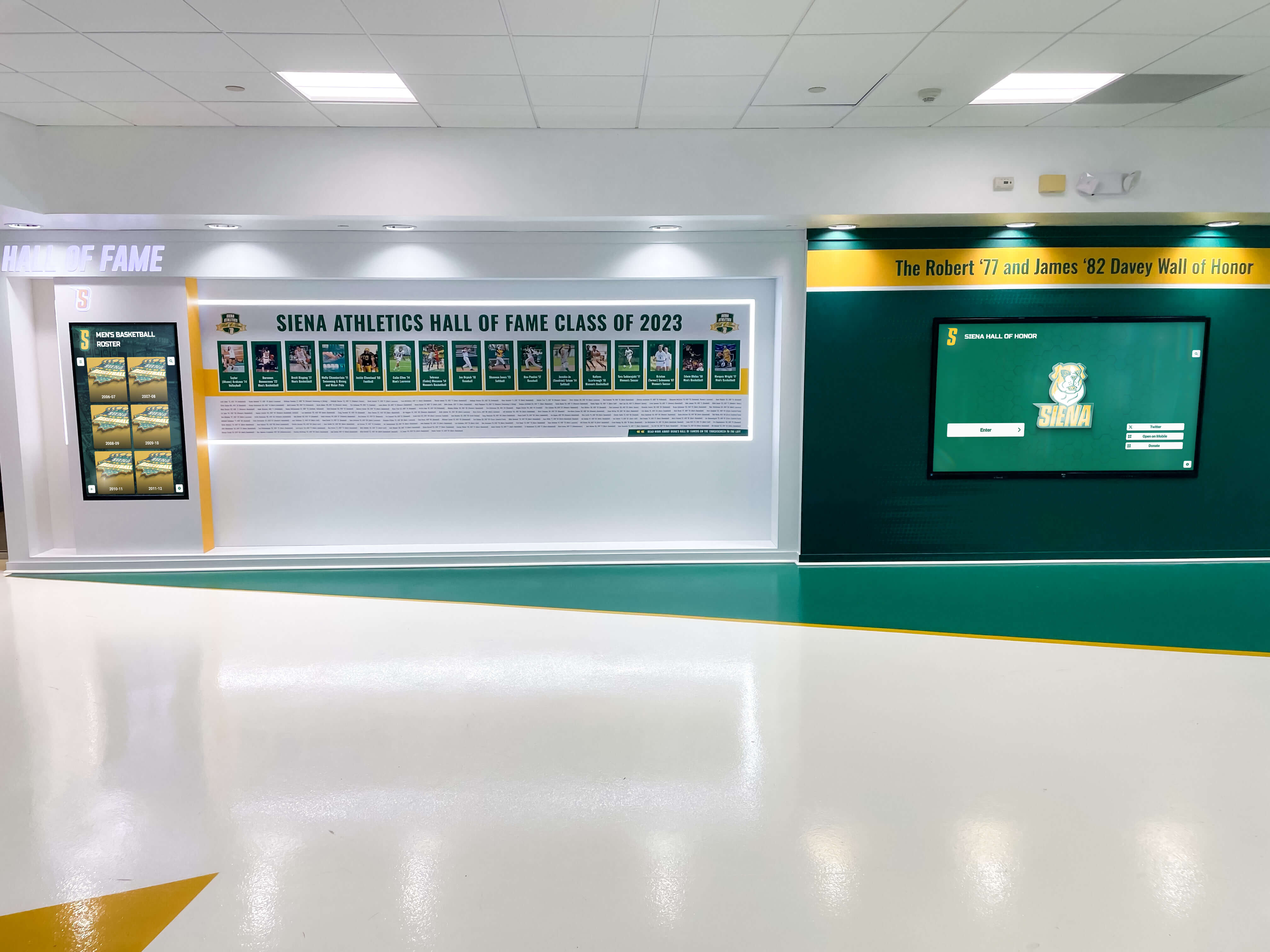
The 1980 Olympic Roster: Meet the Miracles
The players who would achieve the impossible came from diverse backgrounds but shared extraordinary dedication and talent.
The Goaltender: Jim Craig
Jim Craig from Boston University carried the enormous responsibility of stopping the world’s best offensive players. His performance throughout the tournament—particularly against the Soviet Union—proved absolutely essential to American success.
Jim Craig’s Journey:
- Starred at Boston University, leading the Terriers to the 1978 NCAA championship
- Known for exceptional reflexes and competitive intensity
- Faced immense pressure as last line of defense against superior offensive teams
- Delivered clutch performances in the most critical games
- Became iconic image wrapped in American flag after gold medal victory
Craig’s ability to make spectacular saves at crucial moments kept American hopes alive throughout games where opponents dominated puck possession.
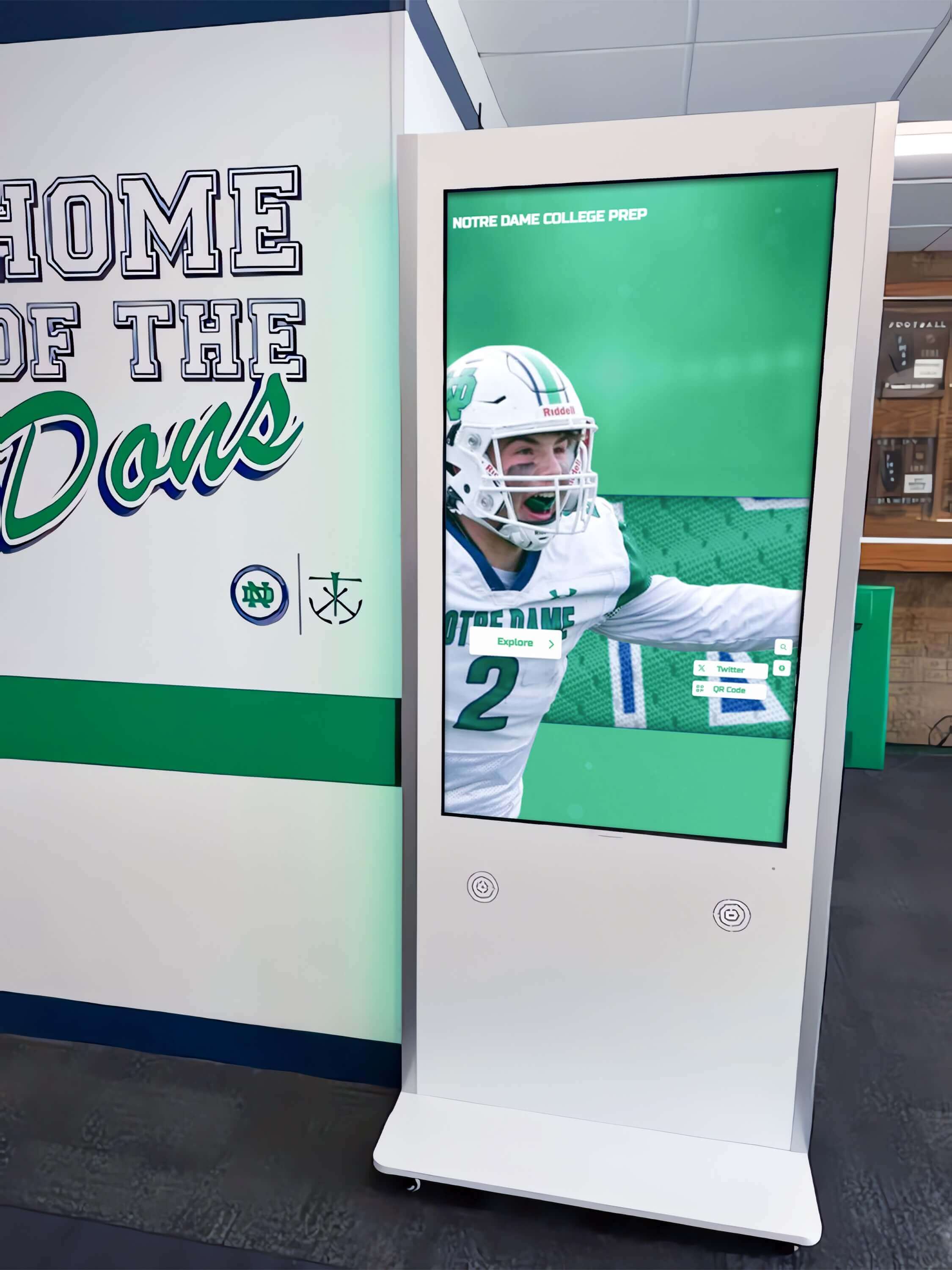
Team Captain: Mike Eruzione
Mike Eruzione wasn’t the most talented player on the roster, but Brooks recognized leadership qualities that made him the ideal captain. Eruzione’s role proved critical both in the locker room and, ultimately, on the ice.
Mike Eruzione’s Impact:
- Played at Boston University alongside Jim Craig
- Provided veteran leadership and emotional maturity
- Scored the game-winning goal against the Soviet Union
- United players from rival college programs
- Embodied team-first mentality Brooks demanded
Eruzione’s goal against the Soviets—the single most famous moment in American hockey history—came with exactly 10 minutes remaining and gave the U.S. the lead they would preserve to victory.
The Minnesota Contingent
Minnesota players formed the roster’s backbone, bringing elite skills developed through the state’s unmatched youth hockey infrastructure.
Key Minnesota Players:
- Neal Broten: Skilled playmaker who became a NHL star
- Mike Ramsey: Elite defenseman selected by Buffalo in the 1979 NHL Draft
- Steve Janaszak: Backup goaltender who never played but provided crucial practice competition
- Eric Strobel: Versatile forward from the University of Minnesota
- Phil Verchota: Physical forward who provided scoring depth
- Buzz Schneider: Veteran presence at age 25, one of the roster’s oldest players
Minnesota’s hockey culture, celebrated through programs like high school NHL alumni recognition, had developed these players from youth through college, creating the foundation for Olympic success.
The Offensive Stars
Several forwards provided the scoring punch necessary to compete with European offensive powers.
Mark Johnson: Perhaps the roster’s most naturally gifted offensive player, Johnson from the University of Wisconsin proved absolutely essential. His two goals against the Soviet Union—including one with literally one second remaining in the first period—kept the Americans competitive when they might have been demoralized by Soviet pressure.
Rob McClanahan: The University of Minnesota star battled injuries but delivered crucial offensive contributions throughout the tournament. His physical style and scoring ability exemplified the blend Brooks sought.
Dave Christian: Possessing elite speed and offensive instincts, Christian created numerous scoring chances with his skating ability. His father and uncle had played on the 1960 U.S. Olympic gold medal team, adding family legacy to his Olympic journey.

The Defensive Core
While goaltending and offense captured headlines, Team USA’s defensive corps played critical roles limiting opponents’ dangerous scoring chances.
Mike Ramsey: Only 19 years old during the Olympics, Ramsey was so talented that the Buffalo Sabres had selected him 11th overall in the 1979 NHL Draft. He provided steady defensive presence while contributing offensively.
Ken Morrow: The Bowling Green star would famously win four consecutive Stanley Cups with the New York Islanders immediately after the Olympics, demonstrating his elite defensive capabilities.
Jack O’Callahan: The Boston University defenseman played through injuries demonstrating toughness Brooks demanded, providing physical presence on the blue line.
The Tournament: Path to Glory
The 1980 Olympic hockey tournament format featured preliminary round-robin games followed by a medal round where preliminary results carried forward.
Preliminary Round: Building Momentum
Team USA’s preliminary round showed promise while demonstrating they could compete with strong international teams.
Game 1: USA 2, Sweden 2 The Americans opened against Sweden, one of Europe’s traditional powers, and earned a tie despite being outplayed for significant stretches. The result showed they could compete but needed improvement.
Game 2: USA 7, Czechoslovakia 3 A dominant performance against the defending Olympic silver medalists demonstrated the American system working effectively. The victory proved the team could defeat elite competition when executing Brooks’ system properly.
Game 3: USA 5, Norway 1 Game 4: USA 7, Romania 2 Game 5: USA 4, West Germany 2
These victories secured the Americans’ advancement to the medal round with momentum and confidence building through the preliminary stage.

February 22, 1980: The Miracle Game
The medal round matchup against the Soviet Union on February 22, 1980 created the moment that would define not just this Olympics but American hockey history forever.
Pre-Game Expectations: Virtually nobody—including most American hockey experts—believed the U.S. team had realistic chances against the Soviets. The pre-Olympic exhibition where the Soviets demolished the NHL All-Stars had demonstrated their overwhelming superiority.
Even optimistic American supporters hoped merely for a competitive game rather than victory. The psychological pressure of facing the world’s dominant team could have overwhelmed the young American players before the puck even dropped.
First Period: Staying Close The Soviets scored first, as expected, taking a 1-0 lead. But Buzz Schneider answered for the Americans, tying the game 1-1 and demonstrating they wouldn’t be intimidated.
The Soviets regained the lead 2-1, applying offensive pressure that had Craig making spectacular saves. Then, with literally one second remaining in the period, Mark Johnson scored after a Craig save, tying the game 2-2.
That goal—coming with one second left—proved psychologically devastating to the Soviets while energizing the Americans. Instead of heading to intermission trailing, they were tied despite being outshot and outplayed.
Second Period: Weathering the Storm Soviet coach Viktor Tikhonov made the controversial decision to replace legendary goaltender Vladislav Tretiak with backup Vladimir Myshkin after the first period. This decision—whether motivated by anger, tactics, or other factors—would prove significant.
The Soviets dominated the second period, outshooting the Americans and regaining the lead 3-2 on a powerplay goal. Craig continued making clutch saves preventing the game from getting out of hand, but the Americans entered the third period trailing.
Third Period: “Do You Believe in Miracles?” Mark Johnson scored his second goal early in the third period, tying the game 3-3 and giving the Americans renewed hope. The crowd at the Olympic Field House in Lake Placid created deafening noise, willing the American team toward the impossible.
Then, at the 10-minute mark of the third period, team captain Mike Eruzione took a shot from the left face-off circle. The puck eluded Myshkin, giving the Americans a 4-3 lead.
The final 10 minutes felt like an eternity. The Soviets pressed desperately for the tying goal, outshooting the Americans and creating numerous dangerous chances. But Jim Craig was magnificent, making save after save after save.

As the final seconds ticked away, broadcaster Al Michaels captured the moment perfectly: “Eleven seconds, you’ve got ten seconds, the countdown going on right now! Morrow, up to Silk. Five seconds left in the game. Do you believe in miracles? YES!”
The arena exploded in celebration. Players mobbed each other on the ice. The impossible had happened—the American amateurs had defeated the mighty Soviet Union.
Programs celebrating historic championship moments preserve these transformational achievements that inspire future generations to believe greatness is possible.

February 24, 1980: Completing the Mission
While the Soviet victory captured national attention and became the defining moment, the Americans still needed to defeat Finland two days later to secure the gold medal. A loss to Finland would give the gold to the Soviets despite the earlier American victory.
USA 4, Finland 2 The Americans found themselves trailing Finland 2-1 after two periods, facing the nightmare scenario of defeating the Soviets only to lose the gold medal to Finland. This pressure—playing with the weight of national expectations after the miracle victory—could have crushed the young team.
Brooks delivered a succinct message during the second intermission: “If you lose this game, you’ll take it to your graves.” The statement captured the stakes—this was their opportunity to achieve something truly historic, and failure would haunt them forever.
The third period saw the Americans respond with three goals, rallying from the deficit to win 4-2 and secure the gold medal. While less celebrated than the Soviet game, this victory demonstrated championship character—the ability to handle pressure and complete the mission when everything was on the line.

The Iconic Victory Celebration
The gold medal ceremony provided unforgettable images that captured American joy and national pride.
The Medal Stand
Unlike typical Olympic ceremonies where individual medal winners stand on separate podium levels, the entire U.S. team crowded onto the top podium together. This collective celebration symbolized the team-first approach Brooks had demanded and the shared achievement that created the miracle.
Jim Craig’s image wrapped in an American flag, searching the crowd for his father, became one of the Olympics’ most enduring photographs—capturing both athletic triumph and personal emotion in a single powerful moment.
National Impact
The victory’s timing—during a period of national uncertainty including the Iranian hostage crisis, economic challenges, and Cold War tensions—created symbolic significance transcending sports. The miracle provided American optimism and national pride during a difficult period.
Television ratings reflected this national interest. ABC’s broadcast attracted enormous audiences, and replays of the game have been shown countless times across subsequent decades, introducing new generations to the miracle story.
Individual Destinies: Life After the Miracle
The 20 players who achieved the impossible took diverse paths following their Olympic triumph.
Post-Olympic Careers and Achievements
NHL Success
Many players enjoyed successful NHL careers, including Neal Broten (1,099 career points), Ken Morrow (four consecutive Stanley Cups), and Mike Ramsey (1,070 NHL games).

Mike Eruzione's Choice
Team captain Mike Eruzione never played professional hockey, choosing to preserve the Olympic moment as his career pinnacle while becoming a motivational speaker.

Herb Brooks
Brooks coached multiple NHL teams and led the 2002 U.S. Olympic team. Tragically, he died in a car accident in 2003, just months after that Olympic campaign.
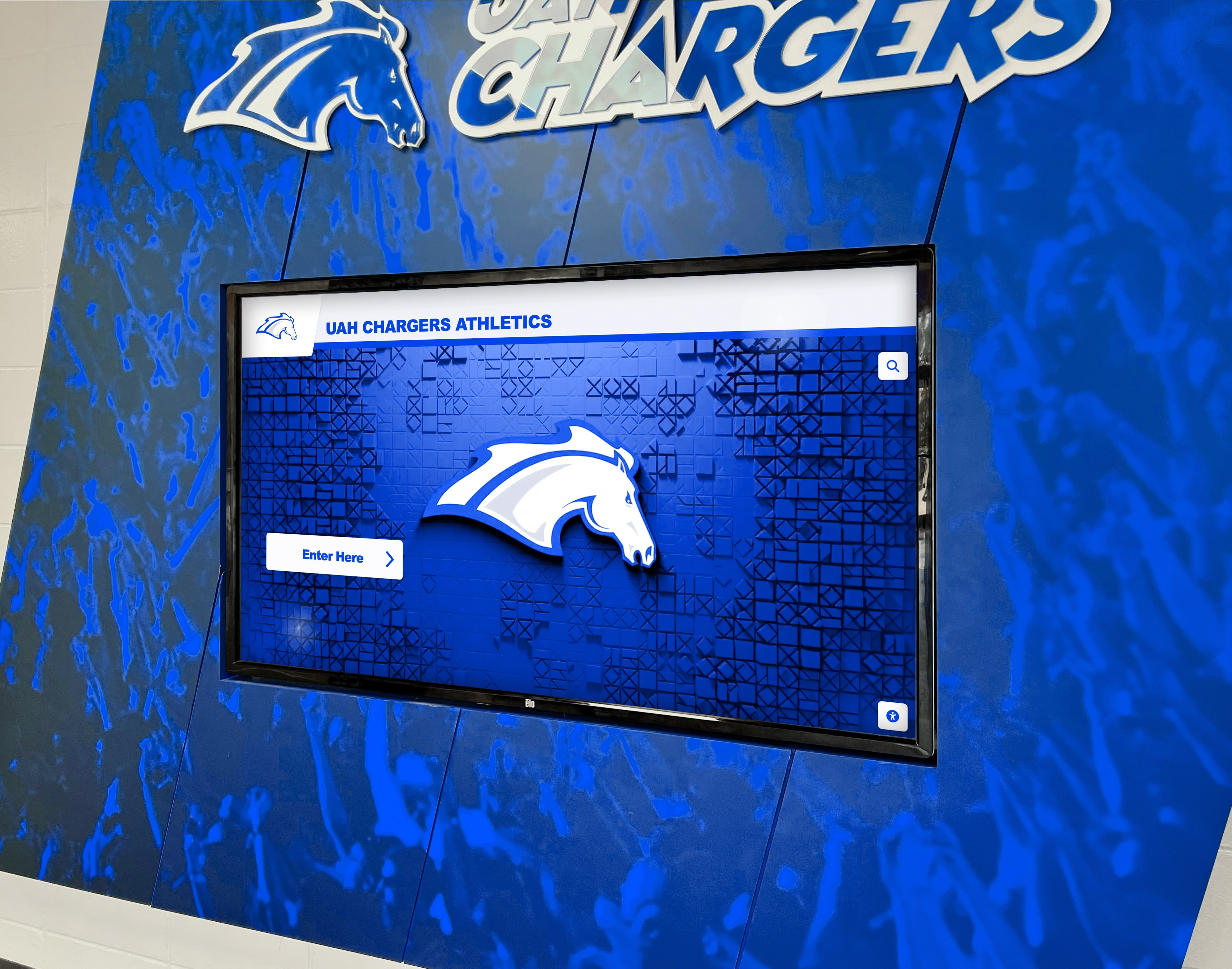
Jim Craig
The goaltender had brief NHL stints but found lasting legacy as the face of the miracle, making public appearances and speaking engagements decades later.
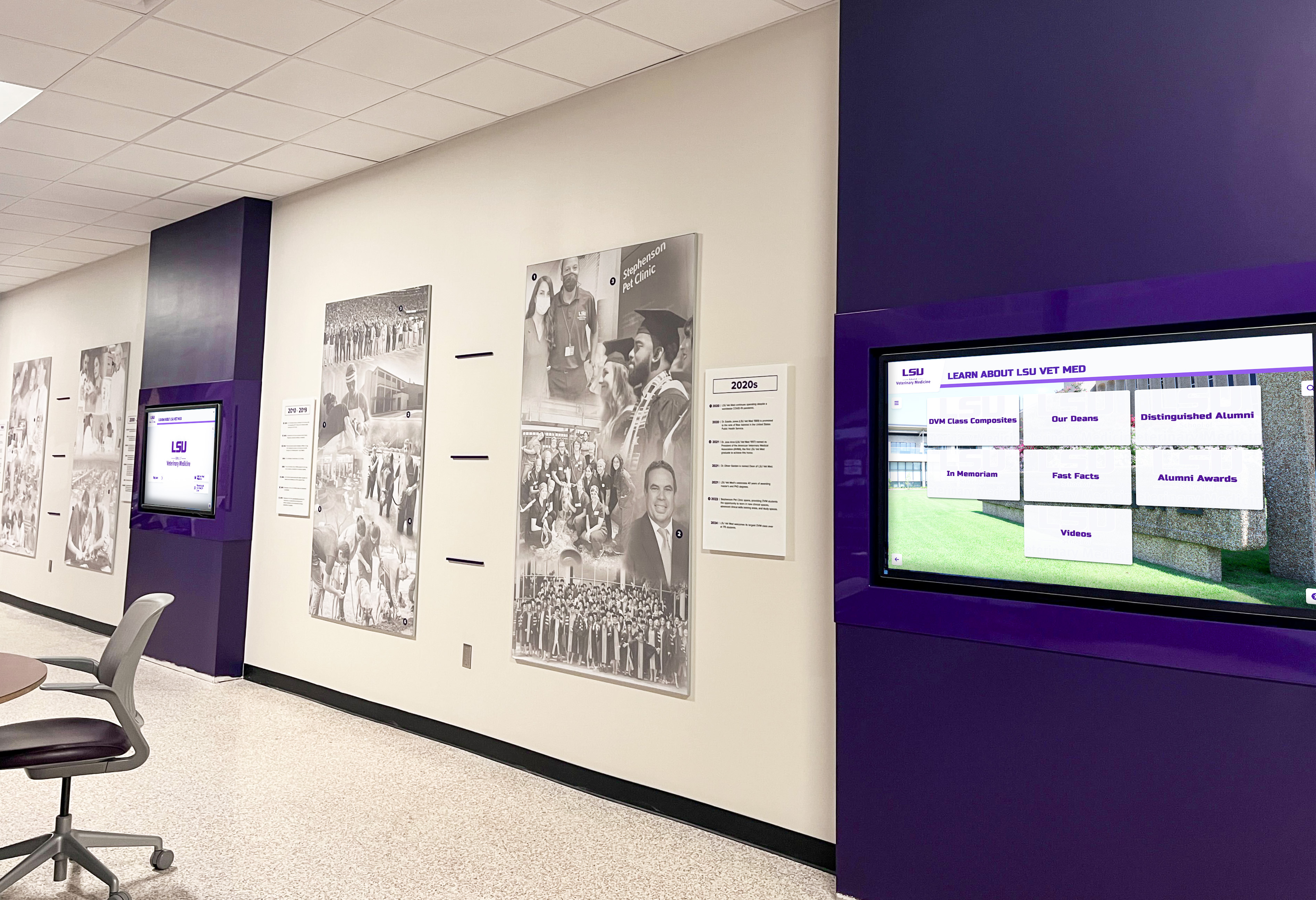
Team Unity
The team has remained close, holding reunions and appearing together at commemorative events, maintaining bonds forged through their shared achievement.

Cultural Ambassadors
Team members became ambassadors for American hockey, conducting clinics, mentoring young players, and promoting the sport across the country.

Resources on professional athlete recognition provide insights for celebrating diverse post-competitive careers, from NHL success to community leadership.
Impact on American Hockey: The Miracle’s Legacy
The 1980 Miracle on Ice transformed American hockey in profound and lasting ways.
Youth Participation Explosion
Hockey registration in the United States exploded following the miracle. Parents enrolled children in programs at unprecedented rates. Communities that had never seriously considered hockey suddenly invested in rinks and youth leagues.
According to USA Hockey data, youth hockey participation increased dramatically through the 1980s and beyond, growing from approximately 150,000 registered players in 1980 to over 700,000 by 2020. While multiple factors contributed to this growth, the Miracle on Ice provided the initial spark inspiring a generation to pursue hockey.
This expansion wasn’t limited to traditional hockey states. The miracle’s national visibility inspired hockey programs in non-traditional regions including the South and West, where modern refrigeration made ice facilities viable despite warm climates.

NHL Impact and American Player Development
The 1980 miracle validated investment in American player development. NHL teams began viewing American players—particularly from college programs—as viable high-level prospects rather than perpetually inferior to Canadian alternatives.
The NHL expanded into additional U.S. markets following 1980, recognizing hockey’s growing American appeal. Franchises in San Jose, Tampa Bay, Anaheim, Nashville, and other non-traditional markets brought professional hockey to new regions, creating local interest that supported youth development.
American college hockey strengthened significantly as talented players increasingly chose NCAA routes over Canadian junior leagues. This development pathway—emphasized by the miracle team’s college backgrounds—created sustainable pipelines producing NHL-caliber American talent.
Cultural Significance Beyond Sports
The Miracle on Ice transcended sports, becoming embedded in American cultural consciousness alongside other defining national moments. The story represents American ideals—underdogs overcoming impossible odds through hard work, unity, and belief.
The miracle has been documented through books, documentaries, and the 2004 film “Miracle” starring Kurt Russell as Herb Brooks. Each retelling introduces new generations to the story, ensuring its cultural resonance persists decades after the actual event.
Educational programs use the miracle as teaching tool for lessons about teamwork, perseverance, and achieving the impossible when unified by common purpose. The story applies beyond sports to any situation where dedicated teams face overwhelming challenges.

Preserving the Miracle: Recognition and Commemoration
Organizations across American hockey have implemented various approaches to preserving and celebrating the Miracle on Ice’s legacy.
Traditional Commemoration Methods
The 1980 Olympic team has been honored through numerous traditional recognitions including USA Hockey Hall of Fame induction for the entire team, Individual Hall of Fame honors for players like Mike Eruzione and Jim Craig, Anniversary celebrations marking 25th, 30th, and 40th anniversaries, Olympic museum exhibits featuring memorabilia and artifacts, and Documentary films and books preserving firsthand accounts.
These traditional approaches provide important historical preservation, ensuring the miracle story remains accessible to future generations who didn’t experience it live.
Modern Digital Recognition
Contemporary recognition technology enables enhanced preservation and accessibility of Olympic hockey history through solutions that showcase unlimited content capacity, rich multimedia integration, interactive exploration features, remote accessibility, and easy content updates.
Preserving Hockey History Through Digital Recognition
Traditional Recognition Limitations
- Space Constraints: Physical displays can only showcase limited information
- Static Content: Fixed displays lack video, audio, and interactive elements
- Update Challenges: Adding new content requires physical modifications
- Access Limits: Only available to visitors at physical locations
- Cost Factors: Updates and expansions require significant investment
Digital Recognition Advantages
- Unlimited Capacity: Showcase complete team histories without space limits
- Multimedia Rich: Integrate video highlights, photos, and audio interviews
- Instant Updates: Add new content or updates within minutes
- Global Access: Web-based viewing extends reach worldwide
- Long-term Value: Lower maintenance costs over extended periods
Solutions like Rocket Alumni Solutions provide comprehensive platforms specifically designed for sports recognition applications, enabling hockey programs to create digital archives celebrating Olympic history and other achievements.
High School and Youth Program Recognition
Many players on the 1980 Olympic team developed through high school and youth hockey programs that take pride in their Olympic connections. Schools honor these connections through various recognition approaches including Olympic alumni displays celebrating local connections to the miracle team, Jersey retirements or displays for Olympic team members, Timeline exhibitions documenting paths from youth hockey through Olympic gold, and Mentorship programs connecting current players with Olympic traditions.
Schools implementing comprehensive alumni recognition celebrate Olympic achievements alongside other notable athletic accomplishments, creating complete athletic tradition narratives.
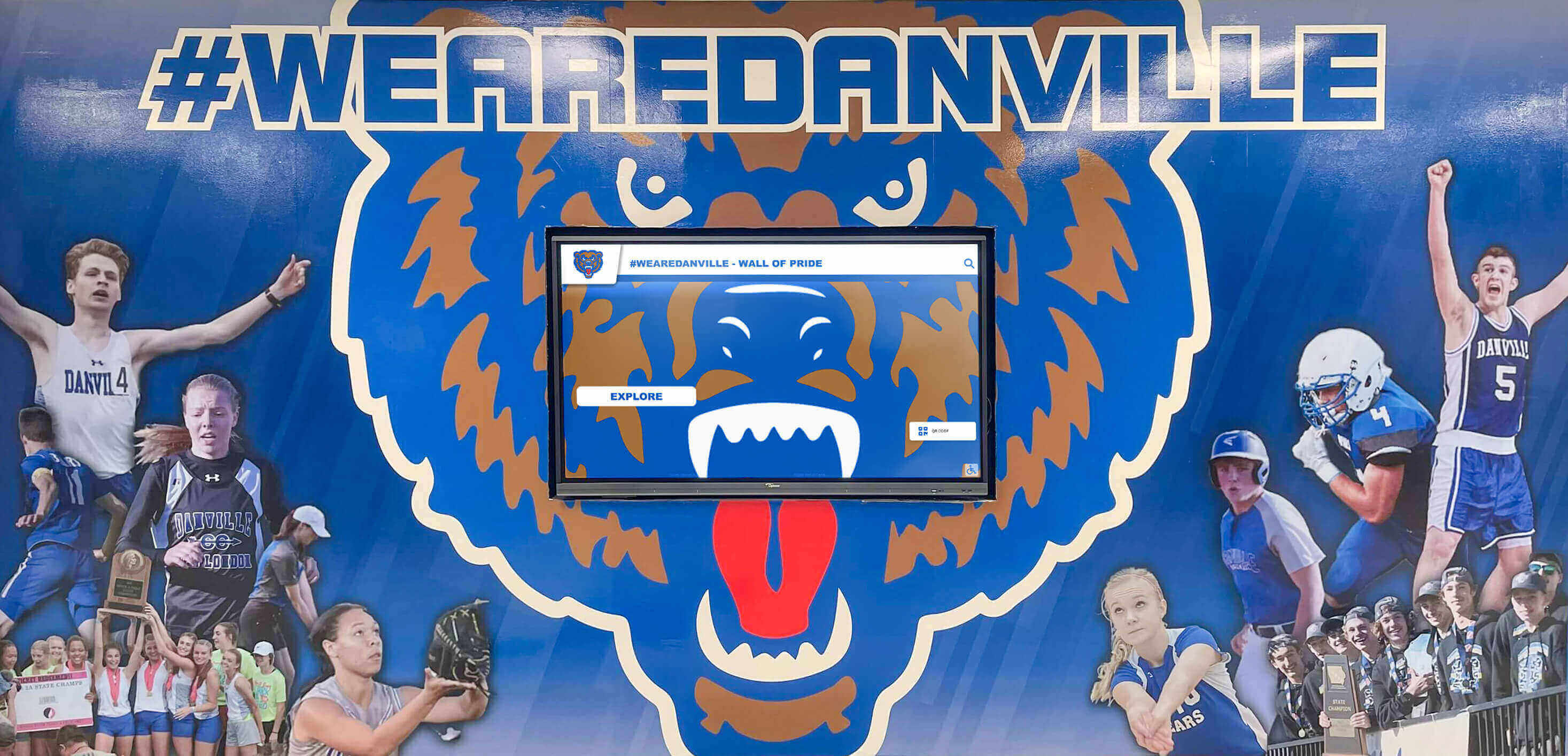
Lessons From the Miracle: Timeless Principles
The 1980 Miracle on Ice offers enduring lessons applicable far beyond hockey.
The Power of Unity and Shared Purpose
Herb Brooks deliberately assembled a team featuring players from rival college programs who initially distrusted each other. Through demanding training and psychological manipulation, he transformed individual talents into a unified collective willing to sacrifice for shared goals.
This unity proved essential when facing the Soviets and Finland. Individual talents alone couldn’t have achieved victory—the team needed cohesion enabling them to trust each other in the most pressure-filled moments.
Application Beyond Sports: Organizations of all types—businesses, community groups, educational institutions—achieve more when unified by clear missions transcending individual interests. The miracle demonstrates how shared adversity and common purpose create bonds enabling extraordinary collective achievement.
Belief Makes the Impossible Possible
Before February 22, 1980, virtually nobody believed the American amateurs could defeat the Soviet professionals. But the players—shaped by Brooks’ confidence and preparation—believed they could win. That belief, combined with preparation and skill, created performance transcending expected limitations.
Brooks famously told his team before the Soviet game: “You were born to be a player. You were meant to be here. This moment is yours.” This confidence, instilled through months of preparation, enabled players to perform at their absolute peak when it mattered most.
Application Beyond Sports: Self-limiting beliefs often prevent individuals and organizations from attempting challenges where success is uncertain. The miracle demonstrates that belief—grounded in preparation and commitment—enables achievement of goals that seem impossible to outside observers.

Excellence Demands Sacrifice and Dedication
The 1980 team didn’t achieve the miracle through luck or accident. They achieved it through months of exhausting training, sacrifice of personal comfort, psychological pressure, and absolute dedication to preparation.
Brooks’ infamous conditioning drills, demanding tactical instruction, and psychological pressure all served the purpose of preparing players for the immense challenges they would face. The team succeeded because they had endured more difficulty in preparation than they faced in competition.
Application Beyond Sports: Excellence in any field requires similar dedication. Championship performance—whether in athletics, business, education, or community service—demands sacrifice, preparation, and commitment that most people aren’t willing to make. The miracle reminds us that extraordinary achievement requires extraordinary dedication.
Strategic Innovation Creates Competitive Advantages
Brooks’ hybrid playing system—blending European and North American approaches—gave the Americans tactical advantages against the Soviets. Rather than simply trying to match Soviet methods or stick with traditional American approaches, Brooks innovated a system specifically designed for Olympic competition.
This strategic creativity enabled a less talented team to compete effectively against superior opponents. The Americans didn’t win purely through heart and determination—they won because Brooks gave them intelligent systems maximizing their strengths while exploiting opponent weaknesses.
Application Beyond Sports: Organizations facing stronger competitors need strategic innovation rather than simply trying to match dominant competitors’ approaches. Creative problem-solving, tactical flexibility, and innovative systems create competitive advantages enabling David to defeat Goliath.
The Miracle’s Place in Sports History
Sports historians consistently rank the Miracle on Ice among the greatest sporting achievements of all time, often placing it at or near the top of such lists.
Why This Moment Endures
Several factors contribute to the miracle’s lasting resonance beyond just the competitive upset:
Geopolitical Context: The Cold War backdrop gave the hockey game symbolic significance transcending sports. Victory represented American values prevailing over Soviet system.
Perfect Underdog Narrative: The college amateurs defeating professional powerhouse represents sport’s ultimate underdog story.
Timing and Stakes: The Olympic stage, competing for national pride rather than commercial interests, elevated the achievement’s meaning.
Cultural Moment: The victory arrived when America needed positive news, providing national optimism during difficult period.
Lasting Accessibility: Television broadcast and subsequent replays have enabled generations to experience the miracle, keeping it culturally relevant.
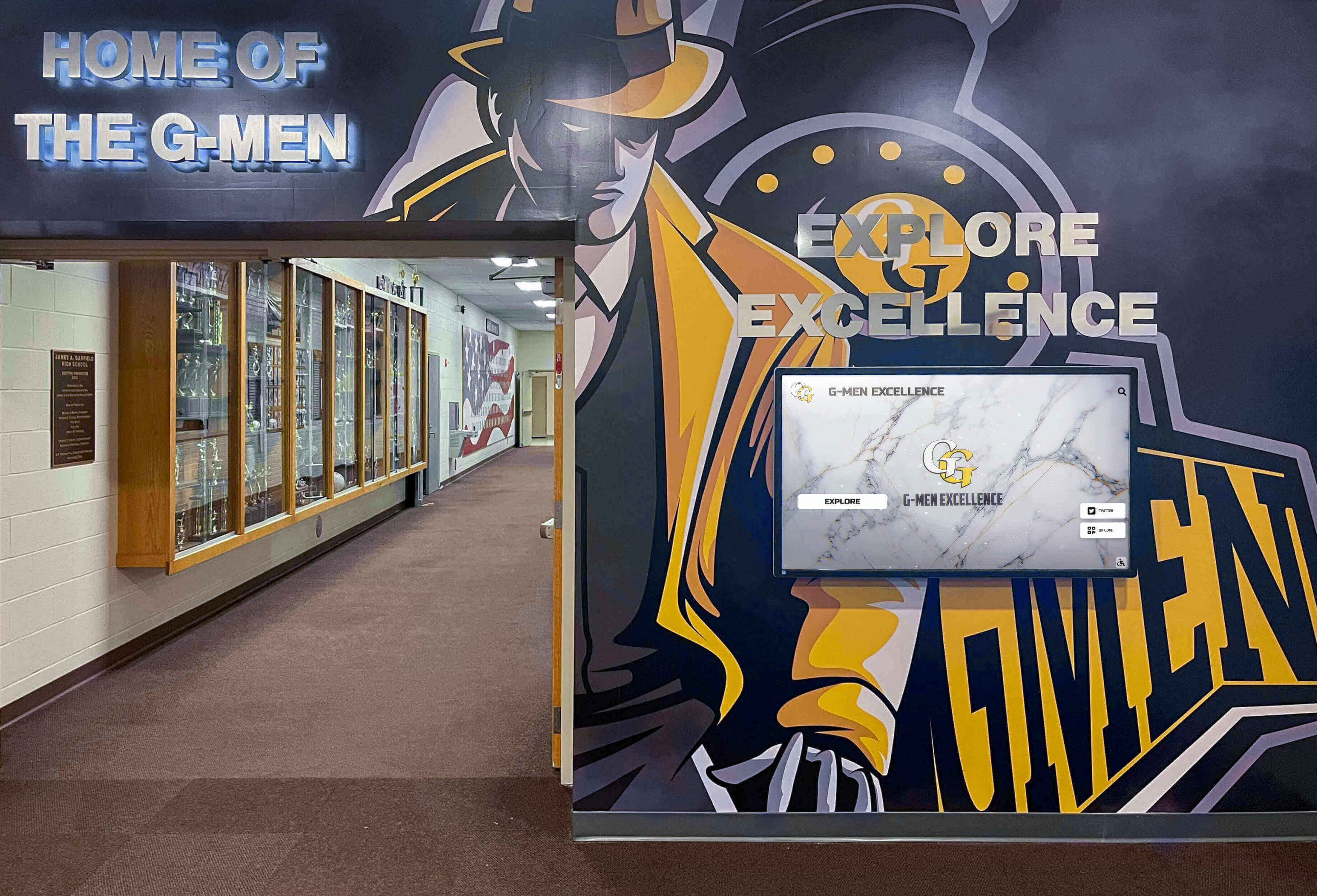
Comparisons to Other Great Upsets
Sports history features numerous memorable upsets, but few combine all elements that make the Miracle on Ice so compelling. The 1980 Olympic hockey victory stands alone in its perfect convergence of athletic achievement, geopolitical significance, and cultural timing.
Celebrating Hockey Excellence Through Modern Recognition
Organizations across American hockey—from USA Hockey to local youth programs—benefit from recognition systems that preserve achievement, celebrate tradition, and inspire future excellence.
Comprehensive Hockey Recognition Features
Effective hockey recognition should include player and team profiles with complete statistics, championship documentation and tournament histories, coaching recognition honoring program architects, facility history showing program development, multimedia content bringing history to life, and interactive features enabling audience engagement.
Digital platforms eliminate space constraints that limit traditional trophy cases and physical displays, enabling comprehensive recognition of all achievements worthy of celebration.
Programs implementing specialized hockey record systems create sport-specific recognition celebrating the statistical categories and achievements unique to hockey competition.
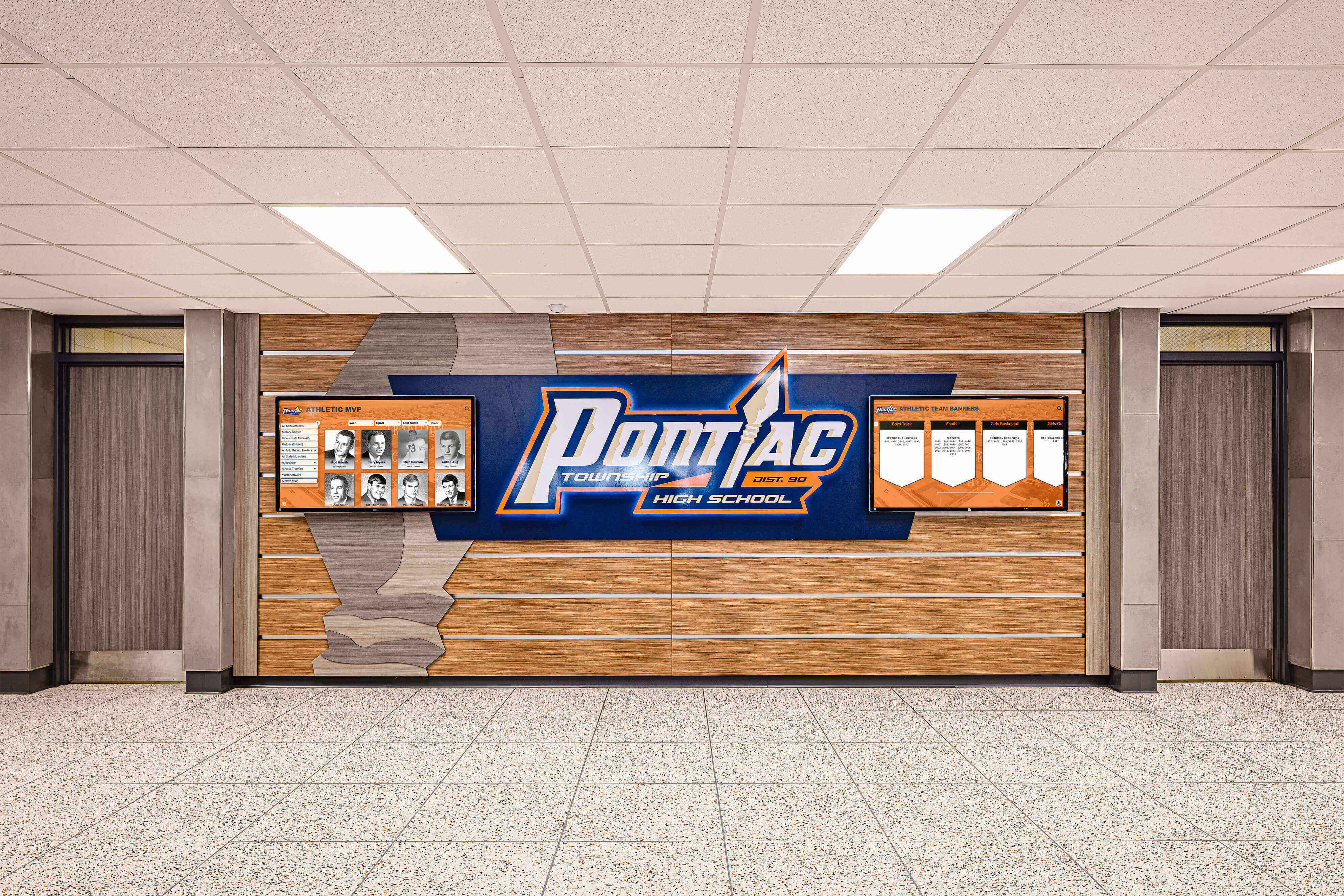
Connecting Past Excellence to Current Programs
Recognition achieves maximum impact when intentionally connected to current program activities through coach integration using historical examples in player development, alumni mentorship connecting current players with accomplished predecessors, recognition ceremonies integrated with current season schedules, and social media content linking current achievements to historical tradition.
Schools and youth programs celebrating hockey excellence often reference complete USA Hockey history to contextualize local achievements within the broader American hockey narrative.
Conclusion
The 1980 Miracle on Ice represents far more than an Olympic hockey game won by improbable underdogs. It stands as testament to the transformative power of belief, preparation, unity, and performance under pressure. When Herb Brooks assembled 20 college hockey players and pushed them beyond limits they believed possible, he created a team capable of achieving what the entire world considered impossible.
Mike Eruzione’s goal with 10 minutes remaining against the Soviet Union created a moment that transcended sports, becoming embedded in American cultural consciousness. Al Michaels’ call—“Do you believe in miracles? YES!"—captured not just athletic triumph but national catharsis during a difficult historical period.
The miracle’s legacy extends across more than four decades. Youth hockey participation exploded following 1980, introducing hundreds of thousands of young Americans to the sport. The NHL expanded into new U.S. markets, recognizing hockey’s growing appeal. American players increasingly succeeded at professional hockey’s highest levels, validating development systems the miracle helped inspire.
For hockey programs at all levels—from youth organizations to high schools to colleges—the Miracle on Ice provides inspiration demonstrating that proper preparation, unity, and belief enable achievement of goals that seem impossible. Modern recognition technology allows these programs to preserve their own traditions while connecting to the broader American hockey narrative that the 1980 Olympic team transformed forever.
Whether commemorating Olympic achievements, celebrating high school championships, or recognizing youth program success, contemporary digital recognition platforms provide practical tools for honoring hockey excellence. These systems enable comprehensive celebration of tradition while remaining accessible to modern audiences, ensuring that hockey history—including the greatest achievement in American hockey history—continues inspiring future generations to believe that miracles are possible.

Honor Your Hockey Tradition
Whether your program has Olympic connections or celebrates local hockey excellence, modern recognition solutions enable you to honor achievement appropriately while inspiring current players through examples of those who came before.
Solutions like those from Rocket Alumni Solutions provide comprehensive platforms designed specifically for sports recognition, enabling hockey programs to create interactive displays showcasing complete histories without traditional space limitations. From championship teams to individual achievement milestones, digital recognition ensures hockey tradition receives celebration matching its significance.
The 1980 U.S. Olympic team proved that with proper preparation, unified purpose, and unwavering belief, the impossible becomes achievable. Their story—preserved through photographs, video, and memory—continues inspiring athletes facing their own impossible challenges more than four decades later.
For hockey organizations ready to celebrate tradition while inspiring future excellence, explore how comprehensive digital recognition transforms traditional trophy cases into engaging experiences that honor the past while motivating those who will write the next chapters of hockey achievement.
Contact Rocket Alumni Solutions today to discuss implementing recognition systems that celebrate your hockey program’s unique tradition—whether that includes Olympic heroes, state championships, or the countless individual achievements that collectively define excellence in American hockey.
























